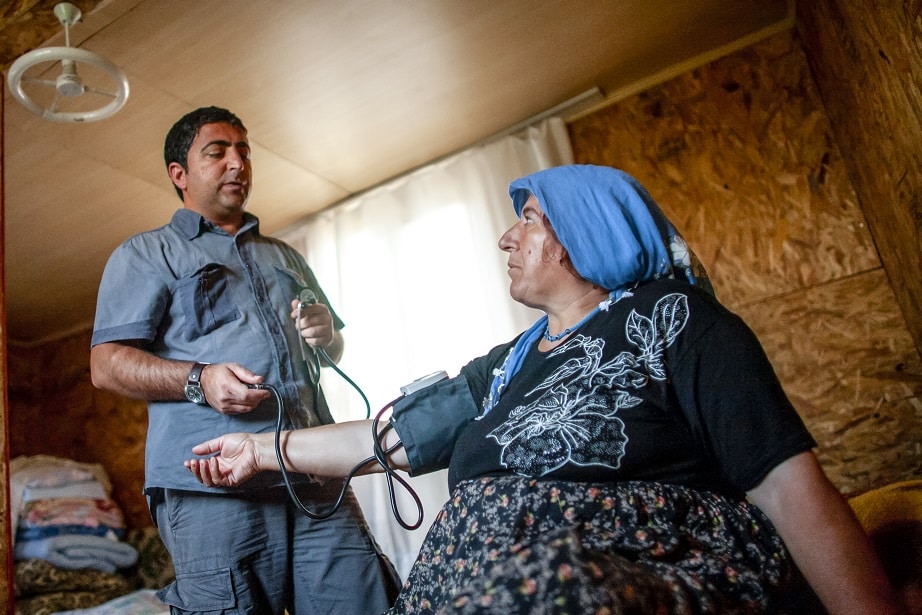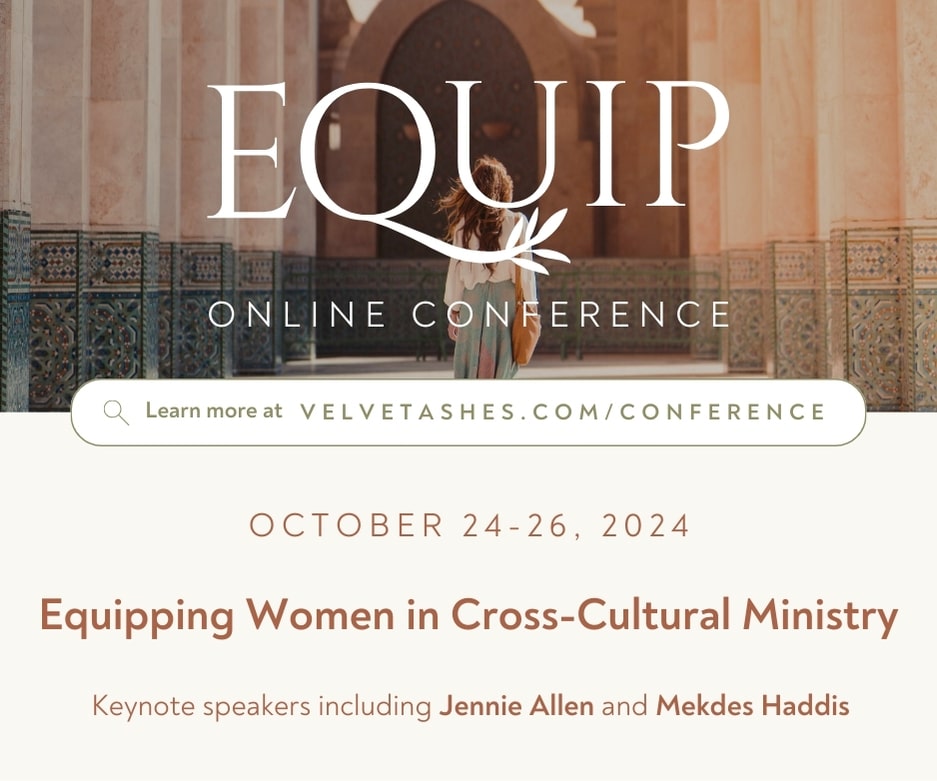EMQ » September–December 2023 » Volume 59 Issue 4

Summary: In the twenty-first century is healthcare missions viable and strategic? Are we mandated to meet the physical needs of people? If so, what do healthcare mission strategies look like today? Going forward, should we expect new evolving avenues for effective healthcare missions in view of political and population trends?
By Rebekah Naylor
Throughout Scripture we see that God is a missionary God. It begins with his call to Abraham and ends in the Revelation vision of a multitude of every language, people, tribe, and nation knowing and worshiping the Lamb – Jesus. God draws people to himself and restores their broken relationship with him through the death of his Son on the cross.
Jesus in his earthly ministry went about teaching, preaching, and healing (Matthew 9:35). In reviewing Jesus’ encounters with people in the gospels, most often he met a need and spoke about the kingdom of God and forgiveness of sin. He sent out the twelve disciples, and then later a group of 72 to preach and to heal. The book of Acts contains multiple accounts of people being healed.
In the following centuries of Christian history, acts of mercy were linked with spread of the faith. When plagues came killing thousands, it was Christians who stayed and cared for the sick. In the Middle Ages, monks and nuns in monastic orders were known for caring for the sick, and missionary movements arose. Acts of mercy continued to be linked with spread of the faith. Early Protestant movements, such as the Puritans and Moravians, engaged in education, treating the sick, and meeting the needs of the poor.
Through the nineteenth and twentieth centuries, a proliferation of mission schools and hospitals were founded throughout the world. The mission hospitals, our traditional picture of medical missions, were established in underserved, unevangelized places. Often, they were effective in helping to start churches.
But in the late years of the twentieth century, numbers of missionary personnel in these hospitals decreased due to rising government restrictions. The foreign subsidy required to sustain these institutions was large and sometimes impossible to provide. National personnel frequently were not prepared or equipped to manage the hospitals. The result was that by the end of the century many mission hospitals were forced to close.
In the twenty-first century is healthcare missions viable and strategic? Are we mandated to meet the physical needs of people? If so, what do healthcare mission strategies look like today? Going forward, should we expect new evolving avenues for effective healthcare missions in view of political and population trends?
Member-Only Access
Evangelical Missions Quarterly (EMQ) is available to Missio Nexus members as a member-only benefit or as a digital subscription.
Please login to gain access or join Missio Nexus!





